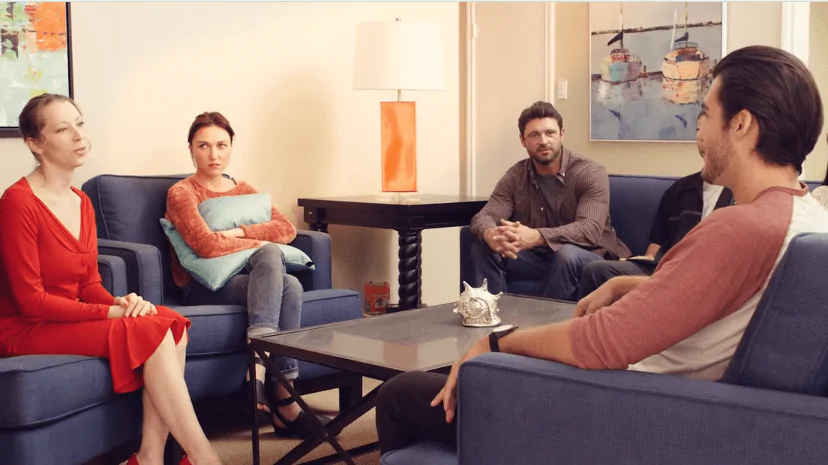24/7 Helpline:
(866) 899-221924/7 Helpline:
(866) 899-2219
Learn more about Residential Rehab centers in San Ramon
Residential Rehab in Other Cities

Other Insurance Options

WellCare Health Plans

BlueCross

Holman Group

Coventry Health Care

BHS | Behavioral Health Systems

Multiplan

CareSource

Covered California

Horizon Healthcare Service

AllWell

Magellan Health

Sliding scale payment assistance

Ceridian

Optum

Ambetter

ComPsych

Cigna

Highmark

Health Net

MVP Healthcare

Diablo Valley Drug and Alcohol Services
Diablo Valley Drug and Alcohol Services offers outpatient services for individuals with alcohol and/...

Gracer Behavioral Health Services
Gracer Behavioral Health Services offers outpatient and intensive outpatient treatment for individua...








